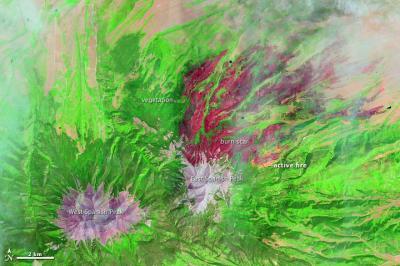CAMBRIDGE, MA -- The comic-book hero Superman uses his X-ray vision to spot bad guys lurking behind walls and other objects. Now we could all have X-ray vision, thanks to researchers at MIT's Computer Science and Artificial Intelligence Laboratory.
Researchers have long attempted to build a device capable of seeing people through walls. However, previous efforts to develop such a system have involved the use of expensive and bulky radar technology that uses a part of the electromagnetic spectrum only available to the military.
